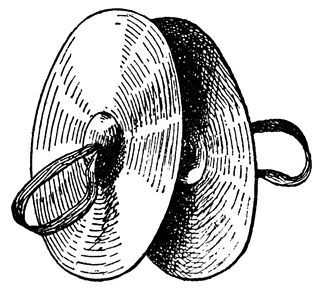Day 20
Today we looked into the MP3 and the second form of compression from the Day 18 post.
The second form of compression popularly used in music is known as dynamic range: the making of the loud with less variation between the loud and quiet parts. Remember Katy Perry’s “Firework” on the first day of class?
The MP3 utilized both forms of compression to dramatically decrease the size of music files, known to be quite large at the time. These forms of compression take advantage of one of the human species’ imperfect organs, the ear.  The human ear does not always hear everything. In class, my teacher played a (very unpleasant) hearing test through the classroom speakers. A little after half way through, our teacher claimed not to hear a thing (meanwhile I’m covering my ears because the sound felt as though it were compressing my brain). Eventually, the rest of my class could not hear a sound before the final note of the test. The older one is, the less the human ear can hear, resulting in the difference between my and my teacher’s overall hearing score. In class, we also discussed that the lowest note the human ear can hear is at 20 hertz (which is very difficult to hear without straining), and the bass guitar (made for playing such low notes) cannot play less than 40 hertz.
The human ear does not always hear everything. In class, my teacher played a (very unpleasant) hearing test through the classroom speakers. A little after half way through, our teacher claimed not to hear a thing (meanwhile I’m covering my ears because the sound felt as though it were compressing my brain). Eventually, the rest of my class could not hear a sound before the final note of the test. The older one is, the less the human ear can hear, resulting in the difference between my and my teacher’s overall hearing score. In class, we also discussed that the lowest note the human ear can hear is at 20 hertz (which is very difficult to hear without straining), and the bass guitar (made for playing such low notes) cannot play less than 40 hertz.
Why is this relevant? Music lower than 40 hertz (the lowest note of a base guitar) may be deleted from the music audio file, thereby compressing the music. Furthermore, the target audience of the song may play a part in the hearing range of the audio. If the song was meant for an older generation, the audio file may eliminate sound over 10,000 hertz.

 Another hearing imperfection for humans encompasses temporal masking. Studies have shown that for a minuscule range of time before and after a large sound (the clang of a cymbal or the crash of broken glass), humans cannot hear anything except that large sound. This is said to harken to the time before humans were the top predator, when we were still wary of another creature. This instinct would allow us to realize that we are not alone. This interesting feature of the human ear allows for further compression between distinctly loud sounds in a recording.
Another hearing imperfection for humans encompasses temporal masking. Studies have shown that for a minuscule range of time before and after a large sound (the clang of a cymbal or the crash of broken glass), humans cannot hear anything except that large sound. This is said to harken to the time before humans were the top predator, when we were still wary of another creature. This instinct would allow us to realize that we are not alone. This interesting feature of the human ear allows for further compression between distinctly loud sounds in a recording.
Leave a Reply